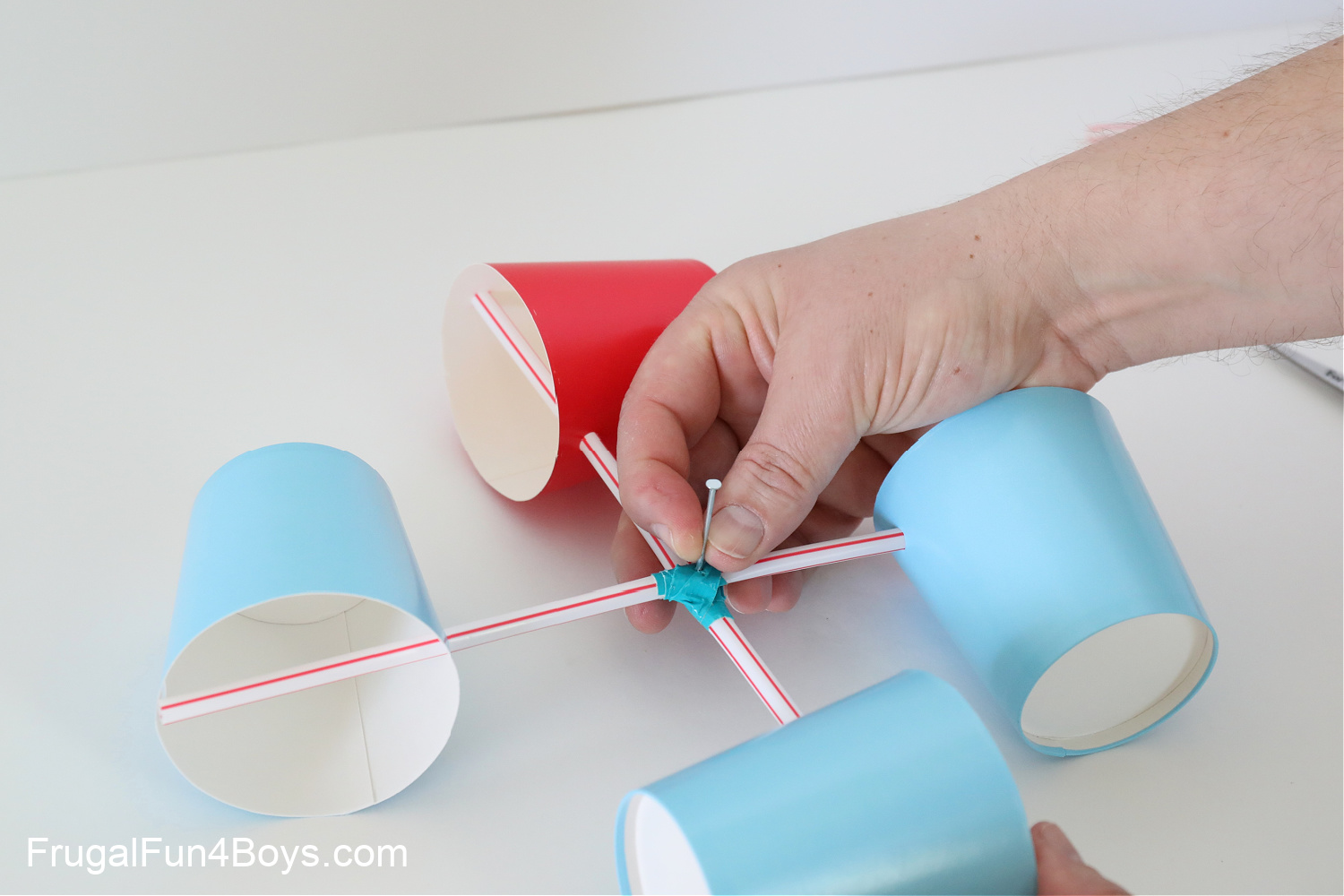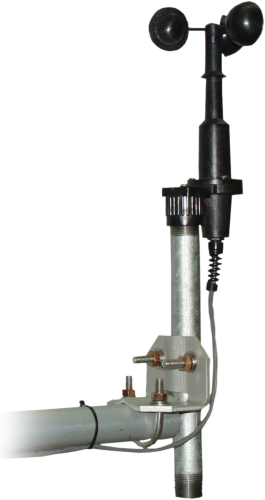Why an Anemometer is Necessary for Your Environmental Information Collection
Why an Anemometer is Necessary for Your Environmental Information Collection
Blog Article
All You Need to Know Concerning Anemometers: Exactly How They Work, Why They Matter, and Where to Use Them
Anemometers, though frequently overlooked in the realm of clinical instruments, play a vital role in different areas, using beneficial insights right into wind speed and air flow patterns. Comprehending the auto mechanics behind these devices is crucial for anybody seeking to harness the power of this information. From meteorologists tracking climate patterns to engineers making frameworks with wind tons in mind, the applications of anemometers are varied and significant. As we look into the complexities of anemometer technology, we will reveal the inner operations of these devices, their relevance, and the vital factors to consider when choosing the appropriate anemometer for particular applications.

Anemometer Essentials
An essential instrument utilized to gauge wind rate and instructions, the anemometer plays an essential function in weather forecasting and different markets. An anemometer usually includes 3 or 4 cups that turn in the wind, a vane that points right into the wind, and sensors to track the motions or rotations. By determining the rotations or activities over a details period, the anemometer can figure out wind speed. The vane aids establish wind direction by pointing into the wind, giving useful data for weather forecasting, aeronautics, maritime operations, ecological tracking, and wind energy applications.
There are numerous sorts of anemometers offered, including mug anemometers, vane anemometers, hot-wire anemometers, and sonic anemometers, each with its distinct attributes and applications. Cup anemometers are typically made use of for basic wind rate measurements, while vane anemometers are preferred for directional measurements. Hot-wire anemometers are ideal for low airspeeds, and sonic anemometers are excellent for high-precision dimensions in research and industrial settings. Understanding the essentials of anemometers is crucial for precise wind data collection and analysis throughout various fields.
Concepts of Anemometer Procedure
Building on the foundational understanding of anemometer fundamentals, the concepts of anemometer procedure elucidate the technicians behind wind rate and direction dimensions. Anemometers operate the principle of air movement impacting a sensor, causing it to turn. Mug anemometers, for example, have 3 or even more mugs that capture the wind, triggering them to spin quicker as the wind speed rises. The turning rate is after that transformed right into a wind rate dimension. Vane anemometers, on the other hand, utilize a tail or a probe that straightens itself with the wind visit this web-site instructions, giving a dimension of wind instructions based upon the positioning of the sensing unit. Hot-wire anemometers count on a heated cable that cools down as wind passes over it, with the rate of cooling down identifying the wind speed. Ultrasonic anemometers step wind speed and instructions by assessing the moment it considers ultrasonic signals to travel in between transducers. Understanding these concepts is essential for accurate and trusted wind dimensions in different applications.
Relevance of Anemometers
Anemometers play a vital function in gauging wind speed and direction, providing essential data for weather condition forecasting, climate studies, ecological tracking, and aviation procedures. Meteorologists count on anemometers to collect precise wind information, aiding them understand weather condition patterns, anticipate storms, and issue prompt warnings to the public. Wind ranch operators utilize anemometers to assess wind conditions and make best use of electrical power production see this here from wind generators.
Applications Throughout Different Industries
In the eco-friendly energy market, anemometers play an essential role in examining wind problems for wind ranch positionings, guaranteeing optimal power production. Industries like construction and mining make use of anemometers to keep an eye on wind speeds, essential for safety protocols, especially when functioning at elevations or in open-pit mines where strong winds can pose risks. In agriculture, anemometers aid farmers in handling crop splashing by supplying real-time information on wind rate to prevent drift.

Selecting the Right Anemometer for Your Demands
For basic objectives, a mug anemometer is appropriate for gauging wind speed, while a vane anemometer provides wind direction information. Hot-wire anemometers are ideal for reduced airspeed measurements, and ultrasonic anemometers provide high accuracy and toughness.

Final Thought
In final thought, anemometers play an important function in determining wind speed and direction across different markets. Understanding the concepts of anemometer procedure is essential for selecting the appropriate device for particular requirements. From meteorology to air travel, anemometers are site link important tools for gathering precise data and ensuring security in various applications. When choosing the most appropriate device for determining wind conditions., it is essential to consider the importance of anemometers in order to make enlightened decisions.
There are various kinds of anemometers offered, including cup anemometers, vane anemometers, hot-wire anemometers, and sonic anemometers, each with its special functions and applications. Mug anemometers are typically used for basic wind rate measurements, while vane anemometers are favored for directional measurements. Hot-wire anemometers are suitable for reduced airspeeds, and sonic anemometers are perfect for high-precision dimensions in study and industrial settings.Building on the foundational understanding of anemometer basics, the principles of anemometer procedure illuminate the auto mechanics behind wind speed and instructions measurements. For general purposes, a cup anemometer is ideal for measuring wind speed, while a vane anemometer provides wind instructions information.
Report this page